
A pupil of the prospective painting class, led by F. Ya. Alekseev, Maxim Vorobiev was released from the St. Petersburg Academy with a first-degree certificate in 1809. In May 1812, Vorobyov was sent to Moscow for a period of three months “for the removal of species.” The war with Napoleon interrupted this work.
In the same year 1812 MN Vorobiev worked in the village of Nikolsky, near Torzhok, the estate of AN Lvov, the father of the famous architect and writer N. Lvov. There was a series of watercolors and drawings with views of the village of Nikolsky. Among these species there are both architectural and rural motifs: village huts, a windmill, a destroyed hut.
With these latter connected a small, painted on the tree picture “Harvesting hay.” At first glance, it may seem that this sketch written from life: so true gestures immersed in the usual work of people, so everyday clothes of men, so ugly skinny white horse.
This impression is strengthened by the soft, picturesque color that may appear to the poor. But if you take a closer look, you are convinced that the small scene in the landscape is compositionally and picturesquely conceived and constructed as a picture: nothing in it produces an impression of fragmentation or randomness. Traffic clouds and clouds in the sky, the shadows on the grass create a sense of sudden anxiety, make the everyday story romantic.
This small picture anticipates the painting of Mikhail Lebedev and Fedor Vasiliev.
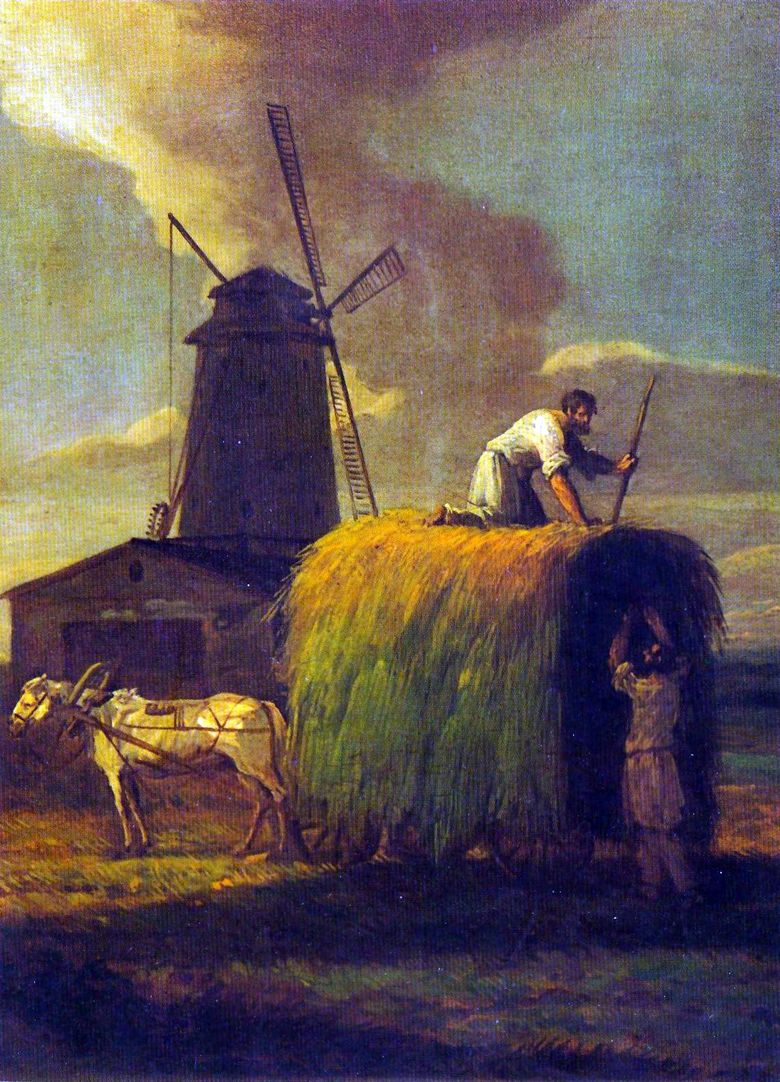 Fenaison Le village de Nikolskoe, domaine de A. N. Lvov – Maxim Vorobyov
Fenaison Le village de Nikolskoe, domaine de A. N. Lvov – Maxim Vorobyov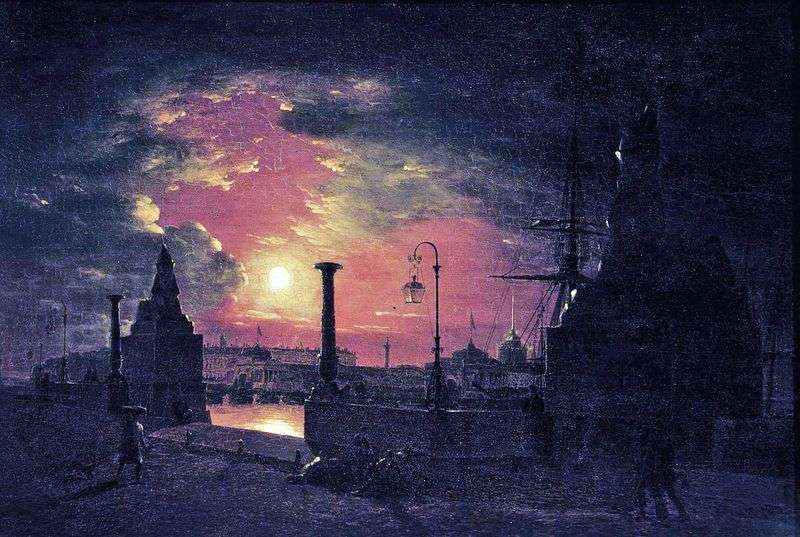 Autumn night in St. Petersburg. Pier with the Egyptian sphinxes on the Neva at night by Maxim Vorobiev
Autumn night in St. Petersburg. Pier with the Egyptian sphinxes on the Neva at night by Maxim Vorobiev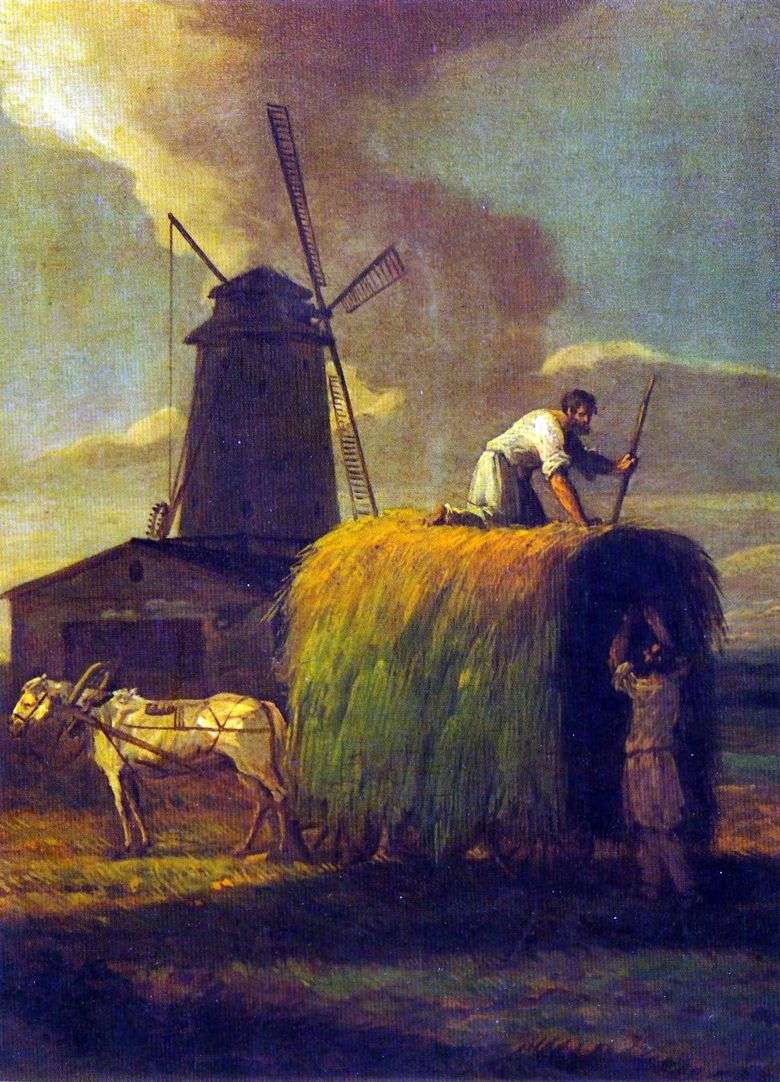 Cosecha de heno. El pueblo de Nikolskoye, la finca de A. N. Lvov – Maxim Vorobev
Cosecha de heno. El pueblo de Nikolskoye, la finca de A. N. Lvov – Maxim Vorobev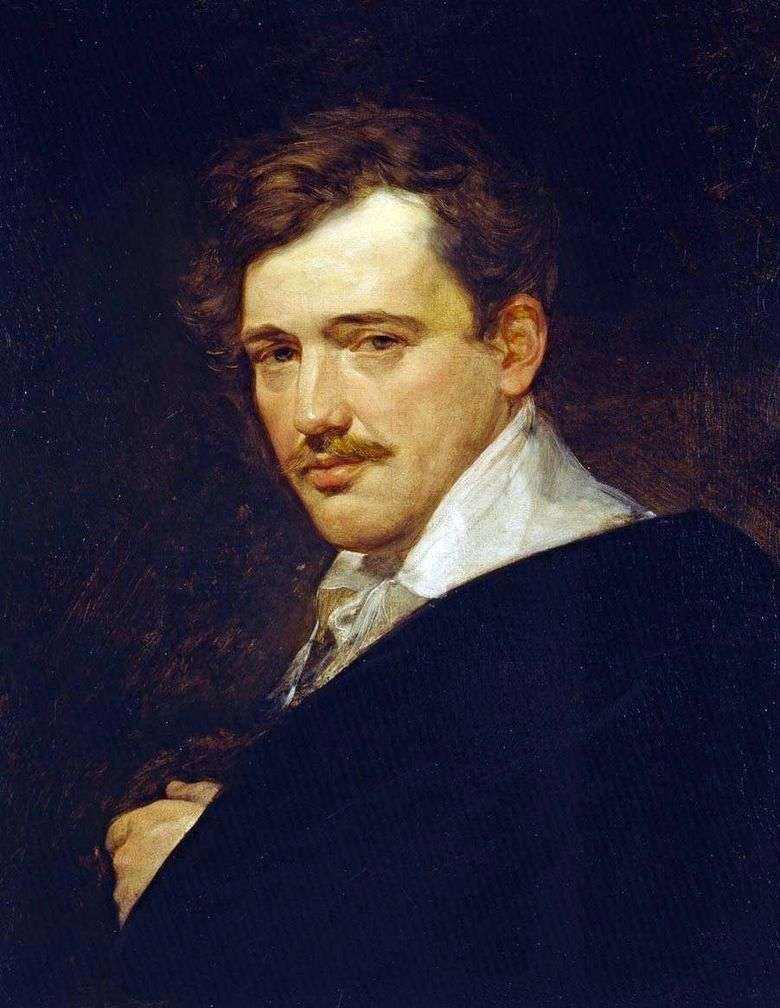 Retrato de A. N. Lvov – Karl Bryullov
Retrato de A. N. Lvov – Karl Bryullov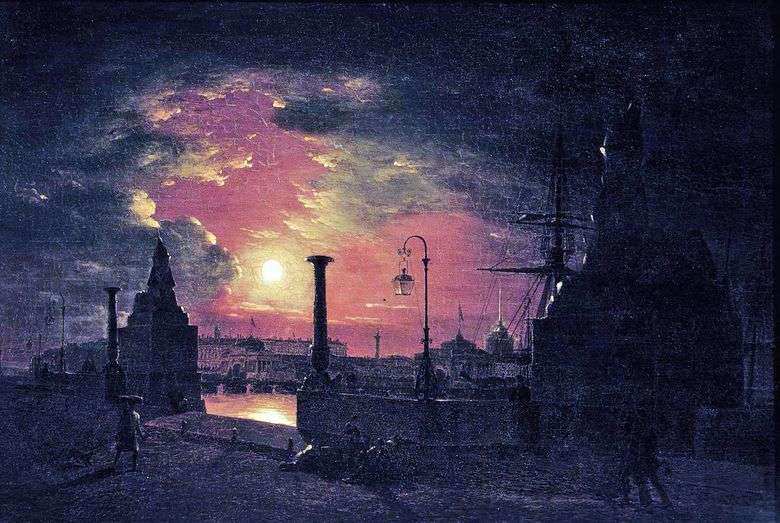 Noche de otoño en petersburgo. Muelle con esfinges egipcias en el río Neva por la noche – Maxim Vorobev
Noche de otoño en petersburgo. Muelle con esfinges egipcias en el río Neva por la noche – Maxim Vorobev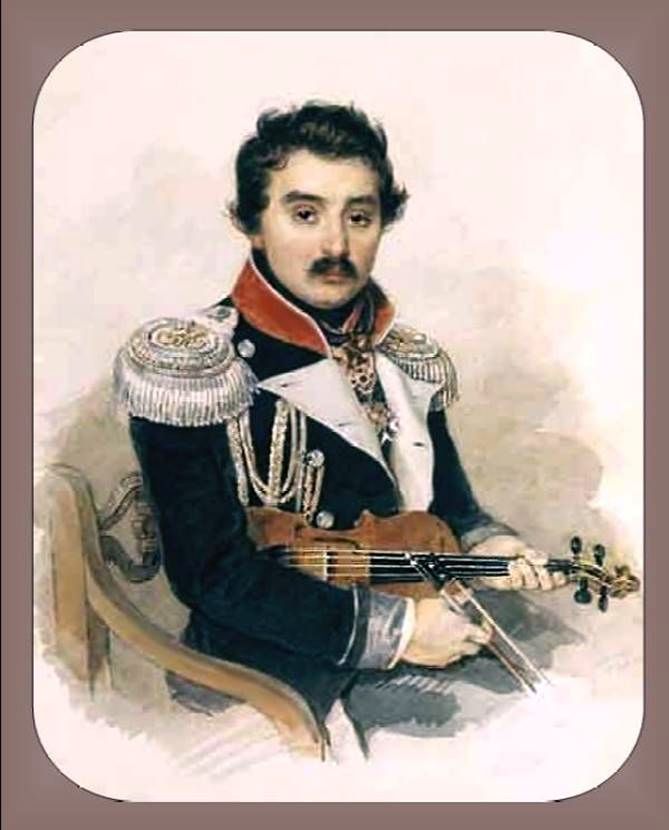 Portrait de A. F. Lvov – Peter Sokolov
Portrait de A. F. Lvov – Peter Sokolov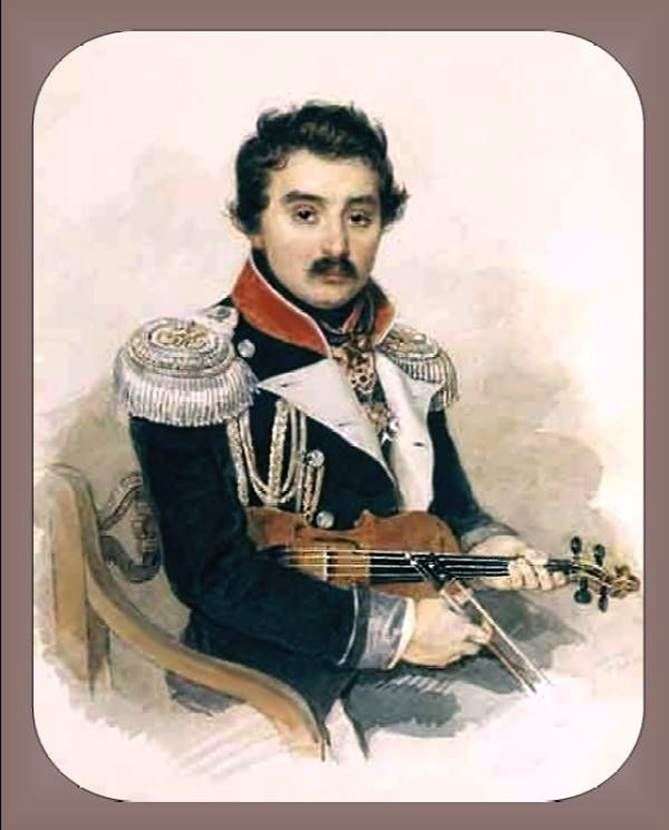 Retrato de A. F. Lvov – Peter Sokolov
Retrato de A. F. Lvov – Peter Sokolov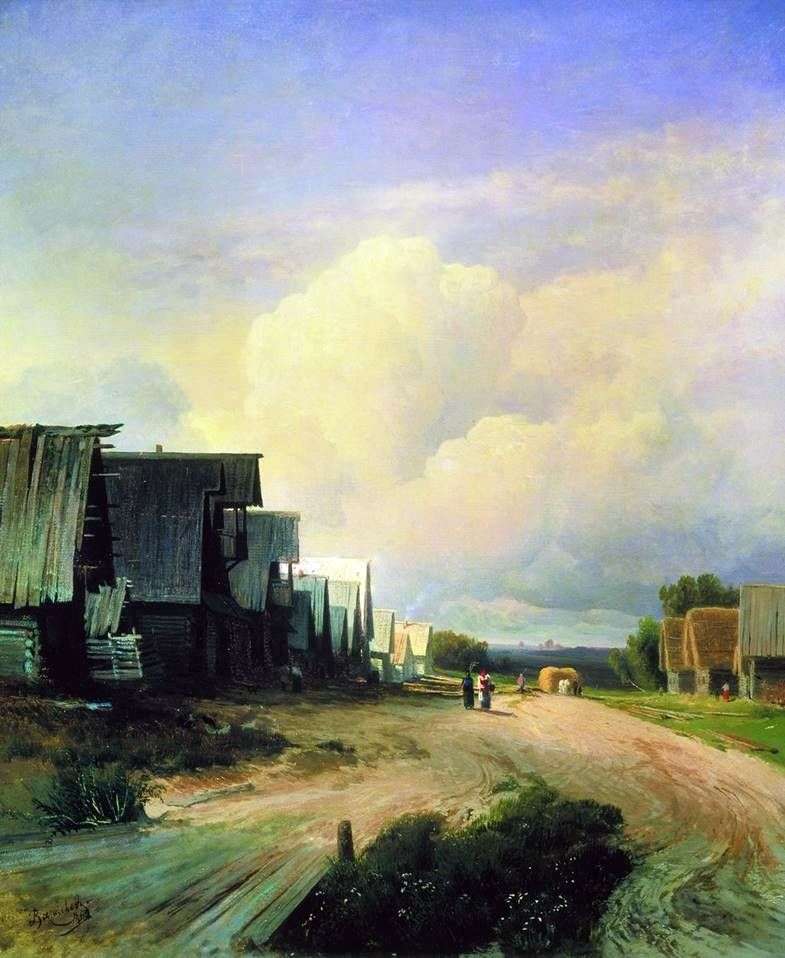 Village Street by Fedor Vasilyev
Village Street by Fedor Vasilyev